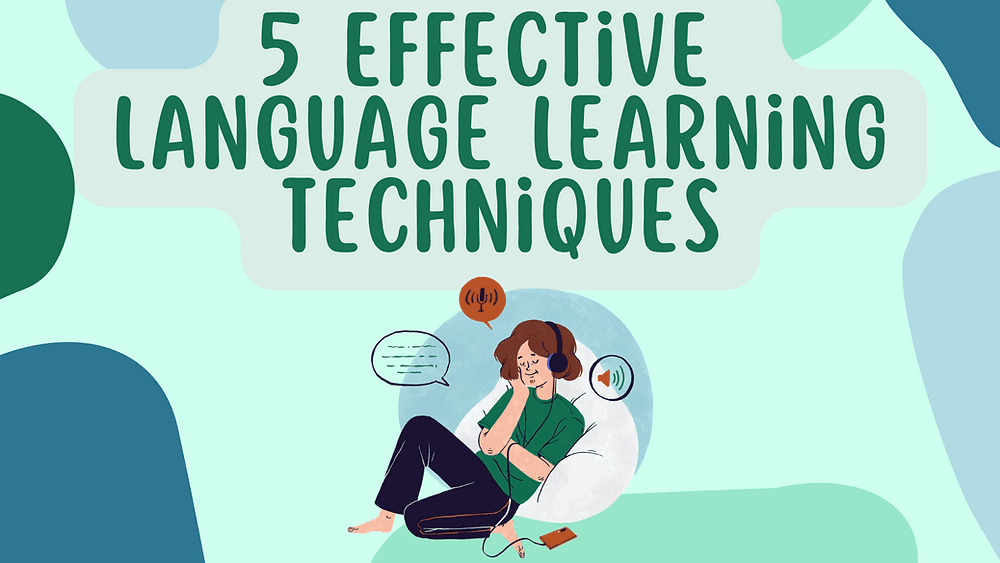

Learning a new language can open up a world of opportunities, whether for study, work, or travel. Let’s explore this topic in more detail with Subway Surfers below. As we dive into the most effective language learning methods backed by science, we’ll discover how young people can leverage modern tools and techniques to enhance their linguistic skills efficiently and affordably.
Before delving into specific methods, it’s crucial to understand the scientific principles underlying language acquisition. Neuroscientific research has shown that language learning involves multiple areas of the brain, including the temporal lobe, Broca’s area, and Wernicke’s area. These regions work together to process and produce language, forming new neural connections as we learn.
One key concept in language acquisition is neuroplasticity – the brain’s ability to form new neural pathways and reorganize existing ones. This process is particularly active during childhood but continues throughout adulthood, allowing us to learn new languages at any age. However, the methods we use to learn can significantly impact the efficiency and effectiveness of this process.
Another important factor is the role of memory in language learning. Research has shown that spaced repetition – reviewing information at increasing intervals over time – is highly effective for long-term retention. This principle forms the basis of many modern language learning apps and techniques.
Read more: Duolingo vs. Traditional Learning: What Actually Works?
Immersion has long been considered one of the most effective ways to learn a language. This method involves surrounding yourself with the target language as much as possible, mimicking the way children naturally acquire their first language. While traditional immersion often meant living in a country where the language is spoken, modern technology has made it possible to create immersive environments from anywhere in the world.
Virtual immersion can be achieved through a combination of methods. Watching movies, TV shows, and YouTube videos in the target language with subtitles can help improve listening comprehension and vocabulary. Podcasts and radio shows offer opportunities for passive listening, allowing learners to absorb the rhythm and intonation of the language. Reading books, news articles, and blogs in the target language can enhance vocabulary and grammar skills.
For more interactive immersion, language exchange apps like Tandem or HelloTalk connect learners with native speakers for conversation practice. These platforms allow users to chat via text, voice messages, or video calls, providing real-world language practice and cultural exchange.
Even without traveling, learners can create an immersive environment at home. This can involve setting devices and social media accounts to the target language, labeling household items with their foreign names, and dedicating specific times of the day to using only the target language. For example, you might decide to think or speak only in the target language during your morning routine or while cooking dinner.
While full immersion can be challenging, particularly for beginners, even partial immersion can significantly accelerate language acquisition. The key is consistency and gradually increasing exposure to the language over time.
Spaced Repetition Systems (SRS) are based on the psychological principle that we are more likely to remember information if we review it at gradually increasing intervals. This method is particularly effective for vocabulary acquisition and has been incorporated into many popular language learning apps.
Apps like Anki, Memrise, and Quizlet use SRS algorithms to optimize the timing of vocabulary reviews. These platforms allow users to create their own flashcard decks or use pre-made ones, presenting words for review at scientifically determined intervals to maximize retention.
The effectiveness of SRS lies in its ability to focus on the information you’re most likely to forget. Words that you find difficult will be presented more frequently, while those you know well will appear less often. This targeted approach ensures that study time is used efficiently, focusing on areas that need the most attention.
While SRS apps are convenient, the principle can also be applied to traditional study methods. For example, when learning new vocabulary, you might review words after 1 day, then 3 days, then a week, then two weeks, and so on. This gradual spacing helps move information from short-term to long-term memory.
To make SRS more engaging, try incorporating the target vocabulary into sentences or short stories. This context-based learning can help create stronger memory associations and improve recall. Additionally, using mnemonic devices or creating visual associations can further enhance memory retention.
The concept of comprehensible input, developed by linguist Stephen Krashen, suggests that we acquire language best when we’re exposed to input that is slightly above our current level of competence. This theory emphasizes the importance of understanding the meaning of language input, rather than focusing solely on its form.
In practice, comprehensible input can be achieved through graded readers – books written specifically for language learners at different levels. These materials provide context-rich, level-appropriate content that allows learners to infer meaning and naturally absorb grammar and vocabulary.
Podcasts designed for language learners, such as News in Slow Spanish or Easy German, offer another source of comprehensible input. These resources typically use simpler language and speak at a slower pace, making it easier for learners to follow along and gradually improve their listening comprehension.
Modern technology has made it easier than ever to access comprehensible input. YouTube channels like “Easy Languages” provide street interviews with subtitles in both the target language and English, allowing learners to hear natural speech while still understanding the content.
Language learning platforms like LingQ and Readlang turn any text into an interactive learning experience. These tools allow users to import articles or stories, providing instant translations and saving unknown words for later review. This approach combines the benefits of extensive reading with vocabulary acquisition, making it an efficient way to improve overall language proficiency.
Read more: Language Learning for Busy People: How to Make Time Every Day
While input is crucial for language acquisition, output – speaking and writing – is equally important for developing fluency and accuracy. The Output Hypothesis, proposed by Merrill Swain, suggests that producing language pushes learners to process language more deeply and notice gaps in their knowledge.
For speaking practice, language exchange apps and online tutoring platforms like italki or Verbling provide opportunities to converse with native speakers or qualified teachers. These one-on-one interactions allow learners to receive immediate feedback and practice in a low-pressure environment.
Writing practice can be incorporated through journaling in the target language, participating in language learning forums, or using apps like HelloTalk that allow users to post writings for correction by native speakers. Regular writing practice helps reinforce grammar rules and vocabulary usage in context.
Many language learners experience anxiety when it comes to speaking, particularly in the early stages. To overcome this, it’s helpful to start with low-stakes practice methods. Talking to yourself in the target language, describing your daily activities or surroundings, can help build confidence without the pressure of real-time conversation.
Recording yourself speaking and listening back can also be a valuable exercise. This allows you to identify areas for improvement and track your progress over time. Apps like Speechling provide a platform for this type of practice, offering feedback from native speakers on your pronunciation and intonation.
Research in cognitive psychology has shown that engaging multiple senses in the learning process can lead to better retention and recall. This principle, known as multimodal learning, can be particularly effective in language acquisition.
One way to implement multimodal learning is through the Total Physical Response (TPR) method. This approach involves associating language with physical actions. For example, when learning verbs, you might act out the actions as you say the words. This kinesthetic element helps create stronger memory associations and can be especially useful for visual and tactile learners.
Another multimodal approach is to combine audio with visual cues. This could involve watching subtitled videos, using picture dictionaries, or creating mind maps that visualize vocabulary and grammar concepts. Apps like Duolingo and Babbel incorporate this principle by using images and audio alongside text in their lessons.